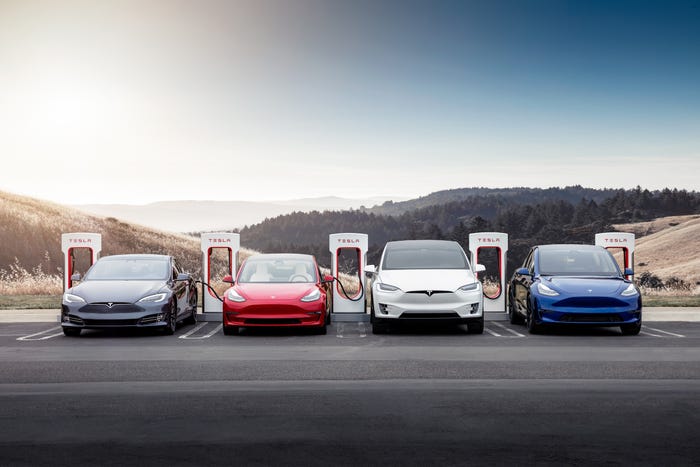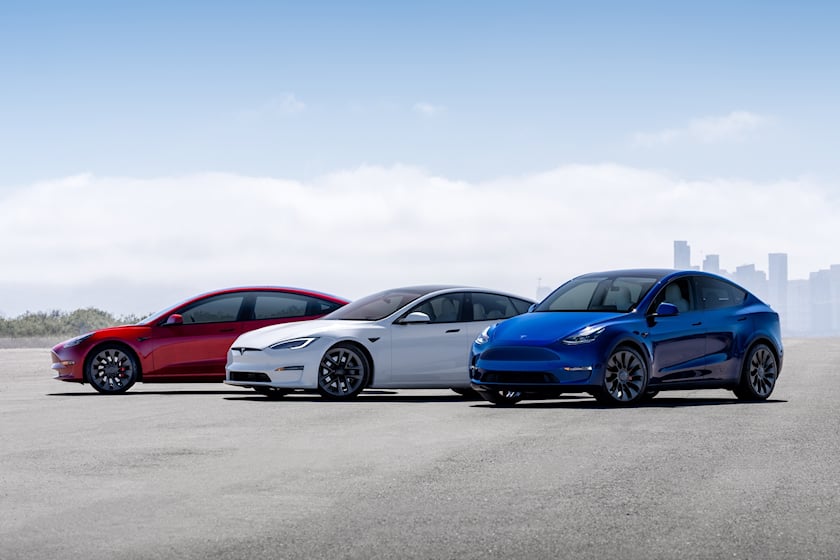Tesla made headlines yesterday by unexpectedly cutting prices on their vehicles in North America, Europe, and Canada, with some reductions exceeding 20%.
Although no official statement was initially released, a Tesla spokesperson later clarified that the price cuts were made possible by a recent decrease in cost inflation and supply chain shortages, which had previously led to successive price increases over the past year.
“At the end of a turbulent year with interruptions to the supply chain, we have achieved a partial normalisation of cost inflation, which gives us the confidence to pass this relief onto our customers.” (via Reuters)
Despite the significant reductions, Tesla was able to implement the price cuts thanks to their industry-leading profit margins, which reached nearly 30% in 2022. The prices are now so low that the Model 3 and Model Y in certain markets are now cheaper than competing electric vehicles such as the Hyundai IONIQ 5 and VW ID.3.
Not only did the price cuts make Tesla cars more affordable for consumers, but it also made them eligible for government incentives in countries where the price reductions applied to the Model 3 and Model Y.
Tesla has recently lowered prices on its electric vehicles (EVs) in the US and Europe in order to boost sales. The Model 3 RWD, which is Tesla’s most affordable EV, has gone down from $46,990 to $43,990, while the Model Y Long Range has seen a 20% reduction in price from $65,990 to $52,990.
This decrease in price also makes the Model Y Long Range qualify for the $7,500 US Federal Tax Credit, resulting in a total price drop of over 30%, or $20,500.
Tesla has also decreased prices on other models such as the Model S, Model X (both standard and plaid versions), and the performance versions of the Model 3 and Model Y. However, the 7-seat option on the Model Y has seen an increase of $1,000 to $4,000, making it over $55,000. Despite this increase, it remains eligible for the Tax Credit as it is classified as an SUV. Prices of the Model 3 and Y have also been lowered by 1-17% in Germany, Austria, Switzerland, and France.







